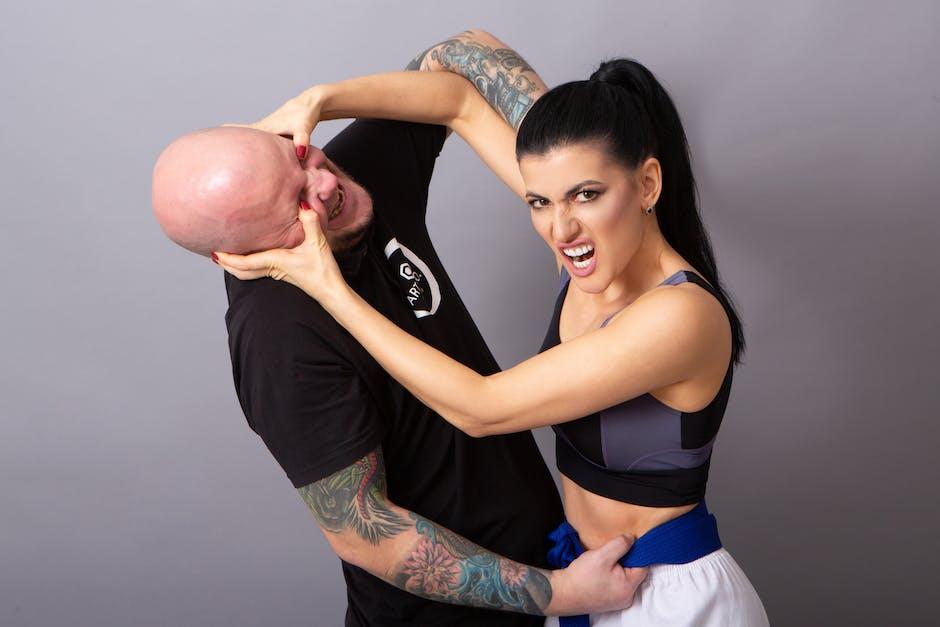How do you show empathy when the conversation feels like walking on eggshells? It starts with understanding what empathy truly means and why it’s essential in tough moments. Difficult conversations are a part of life—whether it’s addressing a conflict, delivering bad news, or navigating sensitive topics. But here’s the thing: empathy can transform these challenging discussions into opportunities for connection and growth. Stick around to learn how to master this skill and make those tough talks a little less, well, tough.
Key Takeaways
- Empathy is the ability to understand and share someone else’s feelings.
- It’s crucial in difficult conversations to build trust and foster understanding.
- Active listening, thoughtful reflection, and empathetic language are key tools.
- Vulnerability and discomfort are part of the process but lead to stronger relationships.
Understanding Empathy in Communication
Definition of Empathy
Empathy is more than just saying, “I understand.” It’s about stepping into someone else’s shoes and genuinely feeling their emotions. Think of it as tuning into their emotional frequency. It’s not about fixing their problems but being present with them in their experience.
Importance of Empathy in Difficult Conversations
Why does empathy matter when conversations get tough? Because it builds a bridge between two people, even when emotions are running high. Empathy helps de-escalate tension, fosters trust, and creates a safe space for honest dialogue. Without it, conversations can spiral into misunderstandings or conflicts.
Common Barriers to Showing Empathy
Sometimes, showing empathy feels like climbing a steep hill. Stress, personal biases, or fear of vulnerability can block your ability to connect. Have you ever been so focused on defending your point that you forgot to listen? That’s a common barrier. Recognizing these hurdles is the first step to overcoming them.

Preparing for a Difficult Conversation
Assuming Positive Intentions
Before diving into a tough conversation, remind yourself that the other person likely has good intentions. This mindset helps you approach the discussion with an open heart rather than a defensive stance.
Setting the Right Mindset
Preparation is key. Take a moment to center yourself. Breathe deeply and remind yourself of the goal: understanding, not winning. A calm and focused mindset can make all the difference.
Creating a Safe and Respectful Environment
Imagine trying to open up in a room full of judgment. Not easy, right? Create a space where the other person feels respected and heard. This could mean choosing a quiet location or simply starting the conversation with kindness.

Active Listening as a Foundation for Empathy
Techniques for Active Listening
Active listening is like a superpower for empathy. It’s not just hearing words; it’s truly understanding them.
Maintaining Eye Contact
Eye contact shows you’re present and engaged. It’s a simple yet powerful way to say, “I’m here with you.”
Avoiding Interruptions
Let the other person finish their thoughts. Interrupting can make them feel dismissed or unheard.
Paraphrasing and Summarizing
Repeat back what you’ve heard to confirm you understand. For example, “So, you’re feeling frustrated because…” This shows you’re paying attention and care about their perspective.
Recognizing Verbal and Non-Verbal Cues
Sometimes, what’s unsaid speaks louder than words. Pay attention to body language, tone of voice, and facial expressions. These cues can reveal emotions that words might not.
Validating the Other Person’s Feelings
Validation doesn’t mean you agree; it means you acknowledge their emotions. Phrases like, “That sounds really tough,” can go a long way in making someone feel seen.

Reflecting Instead of Reacting
The Importance of Pausing Before Responding
When emotions run high, it’s tempting to react immediately. But a pause can be your best friend. It gives you time to think and respond thoughtfully rather than impulsively.
Strategies for Thoughtful Reflection
Asking Clarifying Questions
If something isn’t clear, ask. Questions like, “Can you tell me more about that?” show you’re invested in understanding.
Reframing Negative Thoughts
Instead of jumping to conclusions, try reframing. For instance, if someone criticizes you, think, “They’re sharing their perspective, not attacking me.”
Avoiding Defensive or Dismissive Reactions
Defensiveness shuts down conversations faster than a slammed door. Stay open, even if the feedback stings. Remember, it’s about understanding, not proving a point.

Embracing Discomfort and Vulnerability
Acknowledging Your Own Emotions
It’s okay to feel uncomfortable. Acknowledge your emotions without letting them take over. This self-awareness helps you stay grounded.
Accepting the Discomfort of Tough Conversations
Difficult conversations are, well, difficult. Embrace the discomfort as part of the process. It’s like working out—uncomfortable in the moment but worth it in the end.
Building Trust Through Vulnerability
Sharing your own feelings can encourage the other person to do the same. Vulnerability is a two-way street that leads to deeper connections.

Using Empathetic Language
Phrases That Express Understanding and Care
Words matter. Here are some phrases to keep in your empathy toolkit:
“I can see how you feel that way.”
This shows you’re trying to understand their perspective.
“That sounds really challenging.”
Acknowledging their struggle validates their feelings.
Avoiding Judgmental or Dismissive Language
Phrases like, “You’re overreacting,” or “It’s not a big deal,” can shut down communication. Choose words that open doors, not close them.
Balancing Honesty with Compassion
Being honest doesn’t mean being harsh. You can share your perspective while still being kind. For example, “I see where you’re coming from, and I’d like to share my thoughts too.”
Transforming Difficult Conversations with Empathy
Focusing on Shared Goals and Solutions
Instead of dwelling on the problem, shift the focus to finding solutions. What do you both want to achieve? This shared goal can unite you.
Turning Conflict Into an Opportunity for Growth
Conflict doesn’t have to be destructive. With empathy, it can become a chance to learn and grow together.
Strengthening Relationships Through Empathetic Dialogue
When you approach tough conversations with empathy, you’re not just resolving issues—you’re building stronger, more meaningful relationships.

Empathy isn’t just a skill; it’s a mindset. It’s about choosing connection over conflict, understanding over judgment. The next time you face a tough conversation, remember these tools. And if you’re looking to dive deeper into managing emotions during challenging times, check out this guide on emotional regulation.
For more tips on expressing emotions healthily, don’t miss this article.
Empathy might not make difficult conversations easy, but it will make them meaningful. And isn’t that what we’re all striving for?
Empathy in Action: FAQ on How to Show Empathy in Difficult Conversations
What does it mean to show empathy in a difficult conversation?
Showing empathy means actively listening, understanding, and validating the other person’s feelings, even if you don’t necessarily agree with their perspective. It involves putting yourself in their shoes and responding with care and compassion.
Why is empathy important in challenging discussions?
Empathy helps to build trust, reduce tension, and foster a sense of connection. It allows both parties to feel heard and respected, which can lead to more productive and meaningful resolutions during tough conversations.
How can I actively listen to show empathy?
Active listening involves giving your full attention, maintaining eye contact, and avoiding interruptions. Reflect back what the other person is saying to confirm understanding and show that you value their perspective.
What are some phrases I can use to express empathy?
Phrases like ‘I can see why you feel that way,’ ‘That sounds really challenging,’ or ‘I’m here to support you’ can help convey empathy. The key is to be genuine and sincere in your words.
How can I manage my emotions while showing empathy?
Take deep breaths and focus on staying calm. Remind yourself that the goal is to understand, not to win or defend. If needed, take a moment to collect your thoughts before responding to maintain a composed and empathetic demeanor.
What should I avoid doing when trying to show empathy?
Avoid interrupting, judging, or dismissing the other person’s feelings. Refrain from offering unsolicited advice or making the conversation about yourself, as these actions can hinder empathy and connection.
Can showing empathy resolve conflicts more effectively?
Yes, empathy can de-escalate conflicts by creating a safe space for open communication. When both parties feel understood, they are more likely to collaborate on finding solutions rather than remaining defensive or combative.
How can I practice empathy in everyday interactions?
Start by being curious about others’ experiences and perspectives. Practice active listening, ask thoughtful questions, and respond with kindness. Over time, these habits will make empathy a natural part of your communication style.
What if I don’t agree with the other person’s perspective?
Empathy doesn’t require agreement. You can acknowledge and validate their feelings without endorsing their viewpoint. Focus on understanding their emotions and showing respect for their experience.
How can I encourage others to show empathy in conversations?
Lead by example. Demonstrate empathy in your interactions and gently encourage others to listen and respond with understanding. You can also share resources or tips to help them develop their empathetic communication skills.



